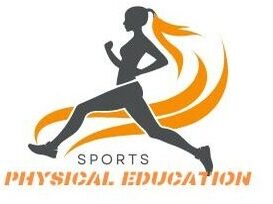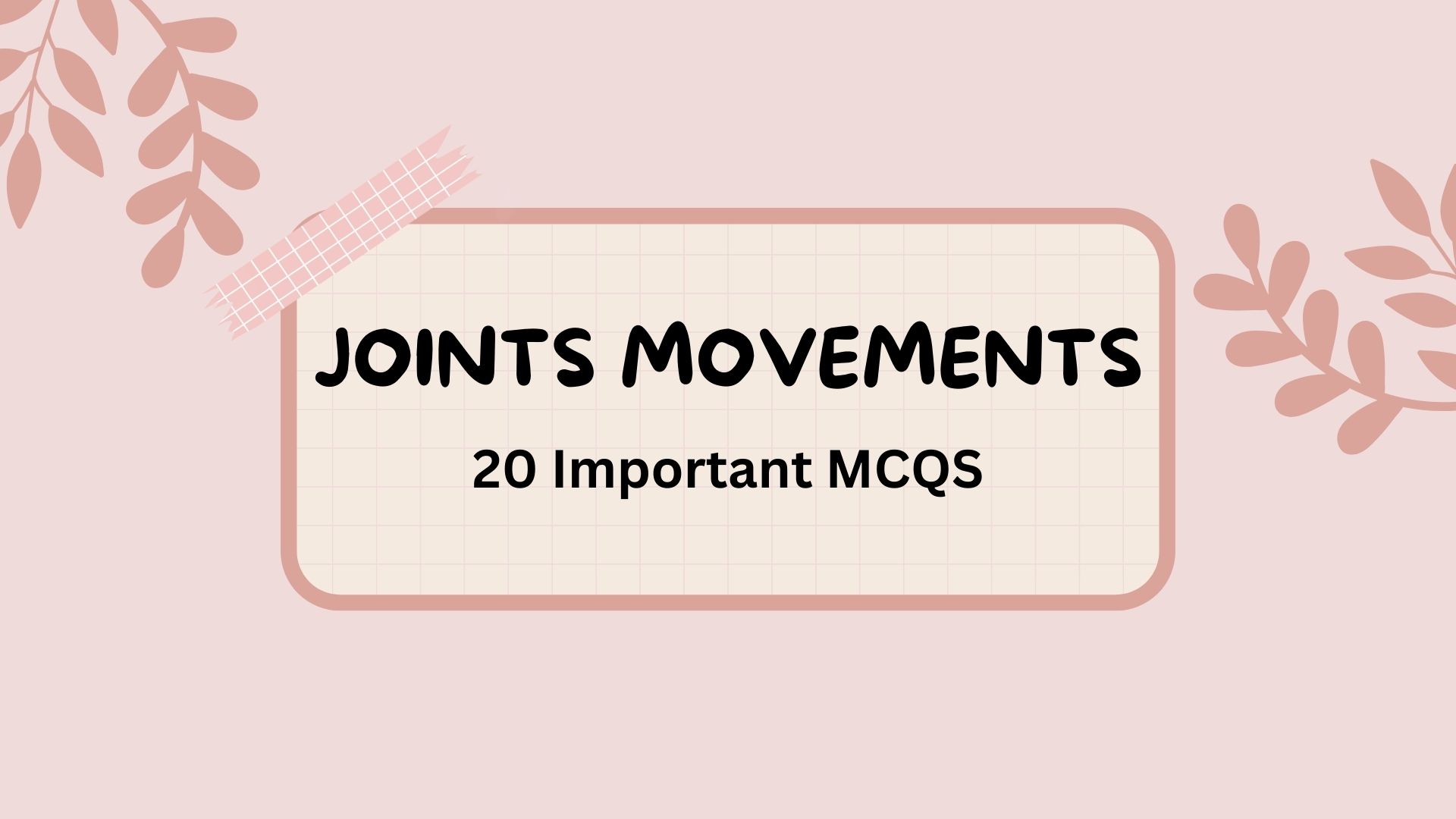Joints Movement Quiz :
Joint movement refers to the actions at the body’s joints that enable bones to move relative to each other. Key movements include flexion, which decreases the angle between bones (like bending the elbow), and extension, which increases the angle (such as straightening the knee). Abduction moves a limb away from the midline (raising the arm), while adduction brings it back toward the body. Rotation involves turning a bone around its axis (like rotating the head), and circumduction is a circular movement combining various actions, common in joints like the shoulder. These movements are essential for everyday activities and maintaining mobility.
Play our Joints Movement Quiz to test your knowledge of the Kinesiology and Biomechanics.
Quiz: Questions and Answers:
What is it called when the angle between two body parts decreases?
What is the term for increasing the angle between two body parts?
What is it called when a body part is extended beyond its normal range of motion i.e. angle beyond 180 degree?
Movement of a body part away from the centre line is called:-
What is the movement of a body part towards the center line called?
Rotational movement away from the midline is known as:
Pronation is movement of the :
……. is the type of outward rotation when palm focus upward.
When the sole of the foot is turned inside, it is called ………
When the sole of the foot is turned outside it is called
The combination of movements of flexion, extension, abduction and adduction is called
Dorsi flexion is
What is it called when the toe foot go away from the shin bone?
Movement of the shoulder in which shoulder move in the upward direction is called:
Movement of the shoulder in which shoulder move in the downward direction is called:
Movement that includes grasping of the thumb and fingers is called ….
In protraction movement :
In Retraction movement :
What is the movement called when the body bends sideways at the waist?
Rotational movement toward the midline is called …..
If you liked the Quiz, don’t forget to rate it. If you have any suggestions or queries, feel free to comment.
You can play more quizzes by clicking here.
Read our blog post on Joints Movements:- Joints Movements : Understanding Important Body Movement Terminology
Also check our Anatomy Playlist on this website or on YouTube.


Pingback: Joints Movements : Understanding Important Body Movement Terminology | Sports and Physical Education